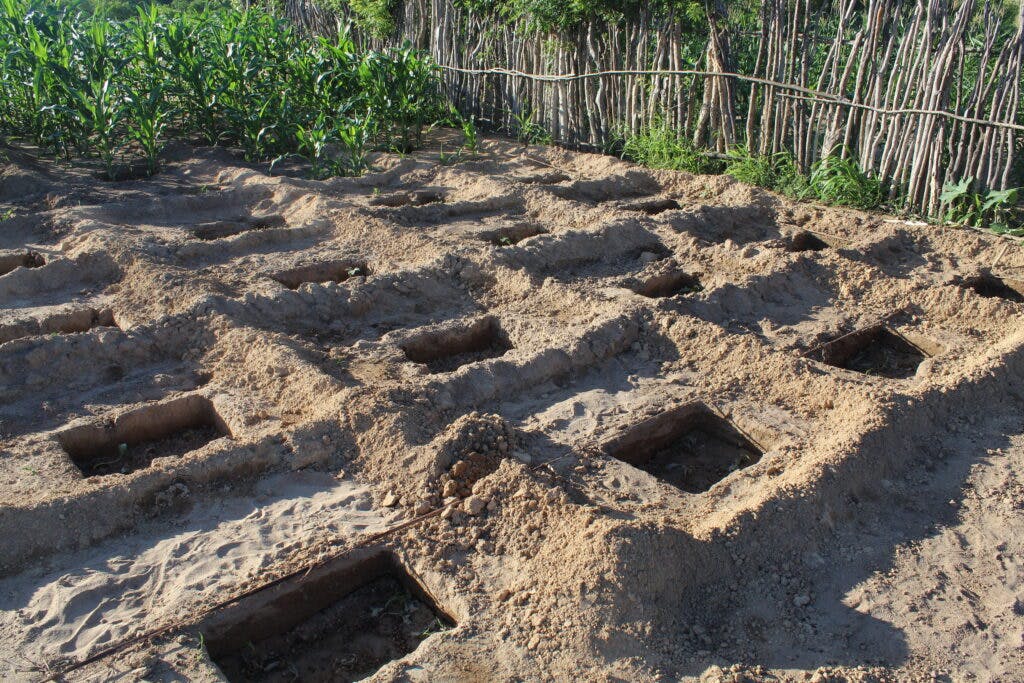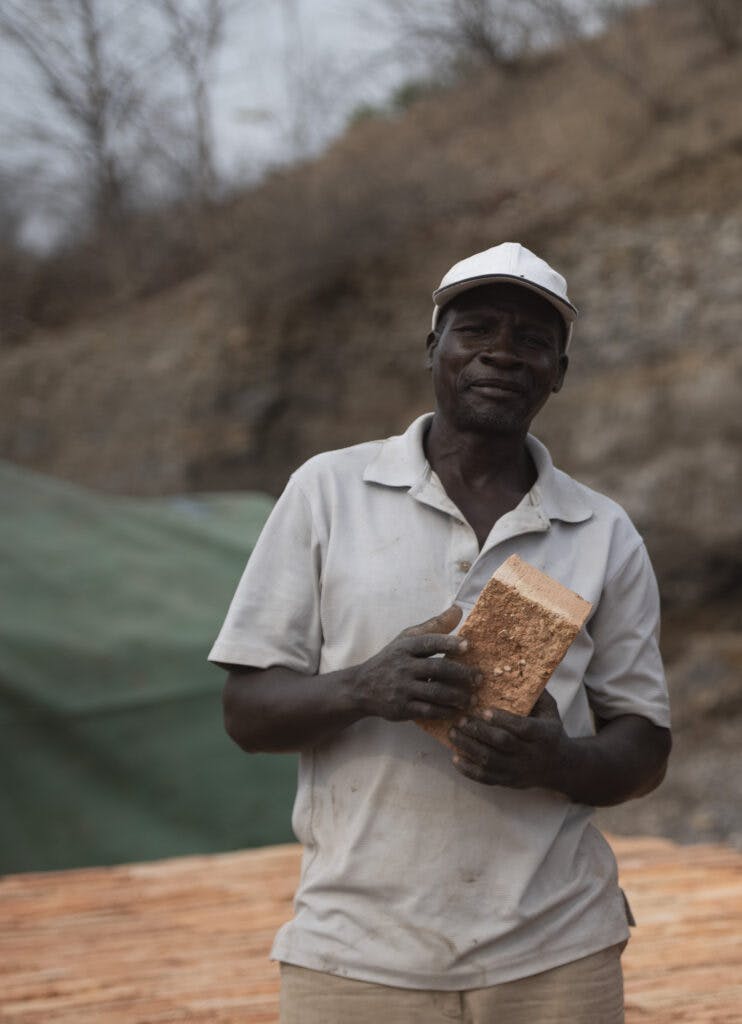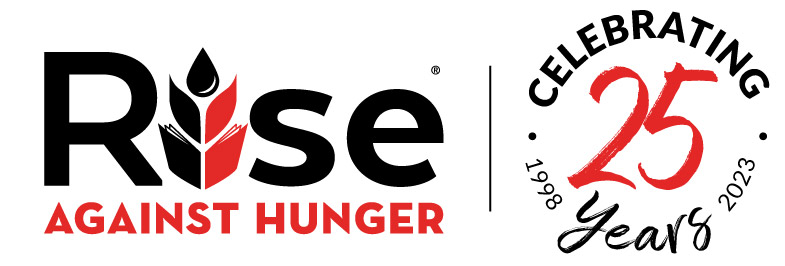The Impact of Climate-Smart Agriculture Training and Zai Pits in Gokwe North, Zimbabwe

Many people in the world live in rural settings and rely on agriculture for their livelihoods. As we see more of the impacts of climate change, people who once could get by on their harvest are finding it more and more difficult to grow enough to eat or sell. Changes in weather patterns, floods and droughts mean farmers must learn to adapt their practices in order to harvest enough to feed themselves and their families despite the challenges.
In Gokwe North, Zimbabwe, communities understand the impacts of changing weather patterns all too well. Gokwe North faces recurring droughts, mid-season dry spells and yearly floods. With 60-70% of Zimbabwe’s population working in agriculture, this extreme weather can drastically impact livelihoods. During the 2015-2016 planting season, El Niño conditions caused the worst drought in Zimbabwe in 35 years, creating severe food and water shortages and compounding existing vulnerabilities. The effects of this drought are still being felt today; communities must farm with limited water and take advantage of the rains when they come.
To address these challenges and support long-term food security in Gokwe North, Rise Against Hunger has been working with ADRA Zimbabwe for the last three years through the implementation of the Planting Seeds for Strong Communities project. As part of the project, five schools established school gardens to feed the students and local farmers received climate-smart agricultural training. But you might be wondering: what is climate-smart agriculture?

Climate-Smart Agriculture is a term used to describe practices that farmers use to mitigate the effects of climate change in their environment. The approach will not be the same everywhere, as each community may have a different set of challenges they face. The overall goals of climate-smart agriculture are:
- Sustainably increase agricultural productivity and incomes.
- Adapt and build resilience to climate change.
- Reduce and/or remove greenhouse gas emissions, where possible.
With the effects of climate change being felt more and more in the communities we serve, climate-smart agriculture training is part of all of Rise Against Hunger’s Empowering Communities projects. In the Planting Seeds for Strong Communities project, ADRA Zimbabwe, our implementing partner, trains local farmers on climate-smart agriculture techniques, such as Zai pits, to improve their yields.

Zai pits are pits 30 cm wide and 30 cm deep that farmers dig and fill with organic materials such as manure, vegetation waste and food scraps to improve soil nutrients and water retention. Lack of water and extreme heat from the sun damages soil by essentially “baking” dark, rich soils into dust. Zai pits rehabilitate dry soils into dark, nutrient-rich soils that improve crop growth. Dark, rich soils also retain water for long periods of time. Therefore, even when there are long droughts, crops will survive off the water that is retained in the soil.

Pedro Ngwenya, a Planting Seeds for Strong Communities participant, has been a farmer his whole life, but had struggled with crop loss because of persistent droughts and high heat. After joining the project and learning about Zai pits, he prepared his maize field as instructed and saw increased crop yields. Farmers from the community started visiting his farm and replicating it in their own fields. This has been a great motivator for Pedro. He has even begun using the Zai pit method on other crops. Pedro shared, “It is not easy for a person to receive knowledge on climate-smart agriculture on Zai pits farming in the hot month of October and go on to practice the lesson. It seems like a risk, but it is worth taking.”
Farmers using the Zai pit method have experienced increases in their harvests. In the 2020/2021 farming season, Gokwe North farmers harvested 1.5 to 2 metric tons of maize per hectare. Overall, 3,000 participating farmers harvested 13,500 metric tons of maize, a staple in the Zimbabwean diet.
With crop yields increasing, Zai pits are making a big difference on both soil health and learners’ education in Gokwe North, Zimbabwe. The increased yields then drive a need for labor-saving processing. So, another major component of the Planting Seeds for Strong Communities project is the five schools’ ability to rent labor-saving equipment to local farmers for processing their grains. Each school received a threshing machine, used to remove kernels from the cob in a fraction of the time it takes to be done by hand. A ton of grain can be processed in a few hours compared to a few days by hand. As compensation for use of the machines, farmers give portions of their grain to the schools for use in the school feeding programs. In 2021, schools received 52 metric tons of maize grain from local farmers.
The introduction and continuation of a homegrown school feeding program has positively impacted attendance at the five schools. Access to school meals provides an incentive for students to attend school regularly. The schools have also reported an increase of teachers due to the access they also have to school lunches. And these are just some of the results seen from the school gardens and climate-smart agriculture practices! Learn more about the Planting Seeds for Strong Communities and the impact in Gokwe North here.

